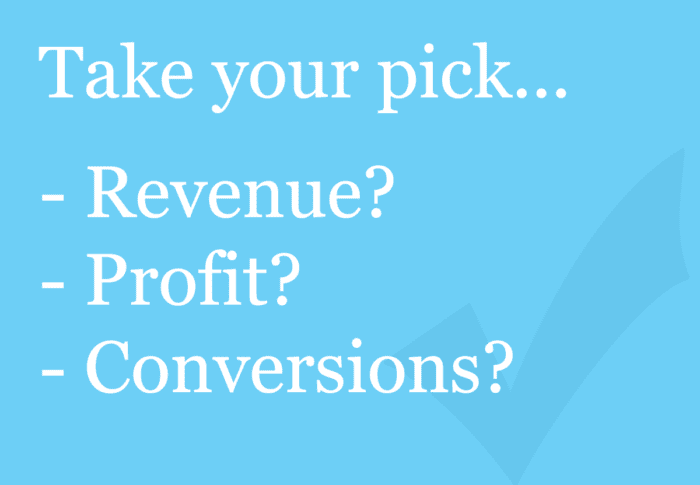It’s important to note that there needs to be a degree of flexibility when applying business objectives, which AI can help with
If you’ve used Google’s conversion optimized ad settings, you’ll know just how powerful artificial intelligence (AI) using machine learning and predictive analytics can be.
But can retailers squeeze more out of AI on their own sites?
Conversion optimization – Smoothing the way to sales
Conversion optimization is used by retailers to smooth the bumps in the road on the way to a sale or stated goal such as signing up to a store card.
This can involve the merchandising of bestsellers both in-store and online, training of staff to better identify customer needs and uncover opportunities to upsell and cross-sell along with tinkering with the UX on websites to see if a blue button leads to greater sales than a green button.

All these are manual tasks that have a fairly blunt business objective of “selling more” and who doesn’t want to sell more? But what about finessing those business objectives? What about selling more profitable products, or moving more products that are piling up?
Optimizing for business objectives
An organization’s business objectives will change over a relatively short period of time. To start with, they may be looking to secure market share, to take advantage of a growing trend or react to more or less money circulating in the economy.
It’s important to note that there needs to be a degree of flexibility when applying business objectives. What may work at Christmas may not work in the summer and similarly, what may work for the UK may not work for the business in Spain. There won’t be one right business objective for all times and in all markets. For instance, retailers may want to focus on conversions in new markets where the brand hasn’t established itself yet and focus on revenue or profit in more mature markets.
Business objectives, therefore, should include the opportunity to maximize conversions, or revenue and/or maximizing profit margin contribution. For example, if the business objective focuses on margin contribution, fully priced items will likely be shown higher in product lists than items on sale, as the fully priced items typically have a higher margin than the items on sale.
Payday optimization
It may also be the case that a retailer wants to steer towards different business objectives during different parts of the season or month. One of my clients, a Swedish fashion retailer, even changes their strategy in line with the payments of wages. They have discovered that their customers are more likely to buy expensive and full priced items after they have been paid.
Conversely, these same customers are more likely to choose items on sale or lower priced items just before they get paid.
In order to maximize the benefit to the business, this retailer switches to a profit strategy on the main payday of the month. As soon as the profit strategy is enabled, goods on sale get lower exposure given their lower margin. About halfway through the month, the strategy is switched to revenue or, in some cases, even to conversion.
Set business objectives, then let go.
There are two schools of thought about how much manual intervention AI merchandising should allow the retailer.
On the one hand, there is a view that maximum flexibility should be given so that all aspects can be changed and adjusted according to the merchandiser’s whims, in which case, why employ an AI merchandising solution at all?
The second ‘hardcore’ school suggest the AI merchandising should be a ‘black box’ offering where the computer does everything and you leave it alone and let it do its thing.
I believe we should each play to our strengths. The merchandising team can set the goal and the computer can deliver on it – perfect!
The Smart Insights and Apptus report Making the case for AI in online merchandising – Why AI must cross the chasm from digital marketing to trading teams, explains the differences between traditional and AI-based merchandising, explores the benefits of machine learning and reviews the organizational changes that are needed.
Importantly, the report will allow you to appreciate what a sophisticated AI merchandising system should include. Then you can begin to choose more sales, revenue or profit for your website.
You can also replay a webinar on the subject here.
